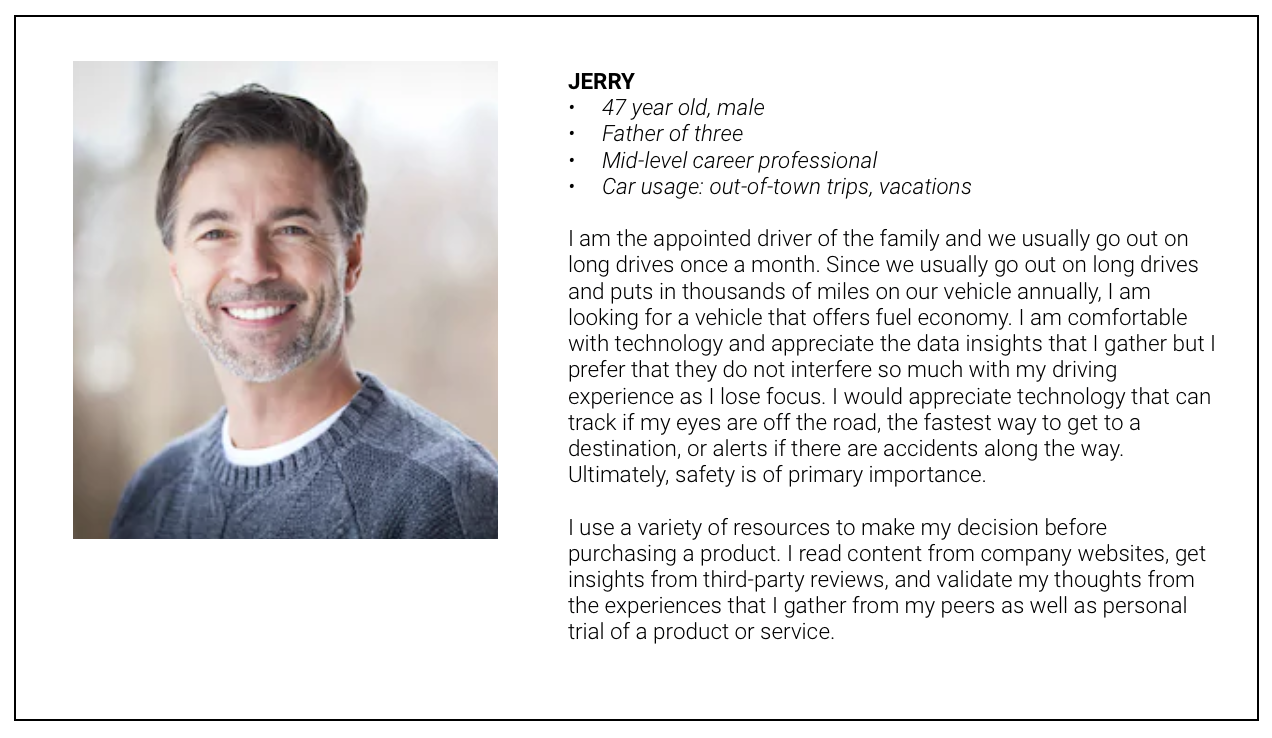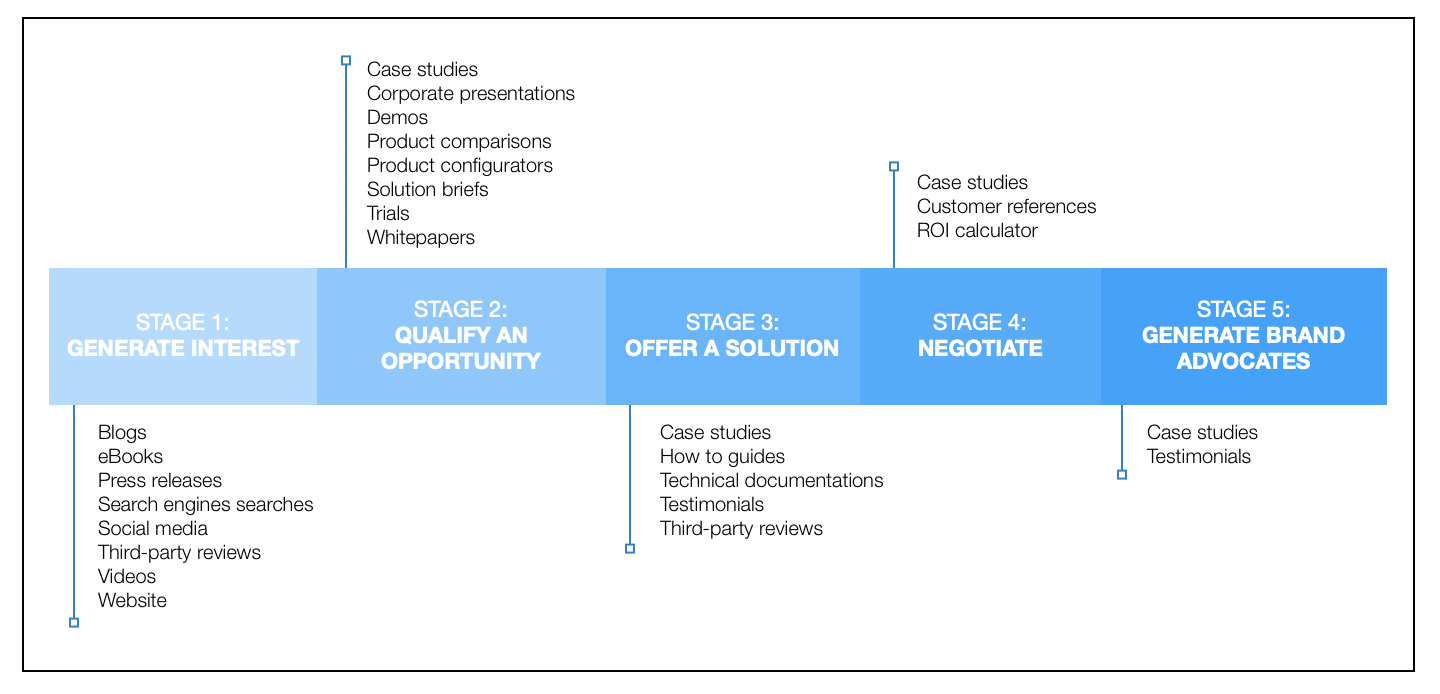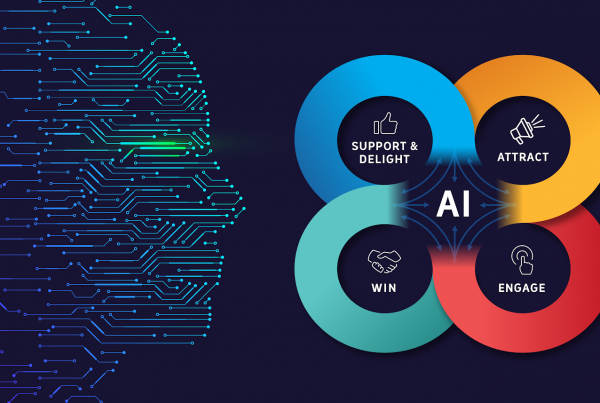Today’s digital age has transformed the rules of customer engagement. More prominently back then, business owners go out to find and talk to customers, set up brick and mortar stores, and produce hundreds of flyers and pamphlets to get the word out. Today, organizations leverage the Internet to enable customers to come to them, setup e-commerce platform for faster sales transactions, and send personalized customer messages.
With 47% of the global population now connected to the Internet according to a 2019 report by GSMA, expect that more and more customers will be online to search and compare brands, get information by reading websites or watching videos, and assess service offerings from blogs, recommendations and reviews. Organizations must respond to this shifting customer behavior and find ways to make their online assets available, searchable, and interesting to engage their customers. In this two-part series, we will discuss what organizations can do to level up their digital activities to capture more value and maximize opportunities online.
Use customer personas to make customer communication more relevant and engaging.
One of the benefits provided by today’s digital age is the availability of and access to data. Marketers can now go beyond basic demographics such as age, gender, occupation, location, etc. and add behavioral demographics and other richer information to create “buyer personas.” A buyer persona is a customer archetype that provides organizations a deeper understanding of who their customers are, their behaviors, motivations, aspirations, influences to purchase decisions, and/or workplace realities (B2B companies can also benefit hugely in including information on the role target customers play in the decision-making process).
An example of a buyer persona for an automotive company
Marketers can use demographic information to inform media targeting while behavioral information can help marketers refine messages and apply the right tone and voice to make their communication more engaging, relevant, and compelling. More importantly, understanding these signals can reflect a deep understanding of their buyers which is the gateway to building meaningful relationships.
Identify digital footprints and micro moments to make marketing campaigns more effective.
Digital footprints refer to the actions, activities, and communications generated by an individual’s browsing or online activity. This can include devices used, search engines used, apps used, websites visited, webpages browsed, messages sent, downloaded videos, photos uploaded, comments left, etc. On the other hand, Google defines micro moments as “intent-driven moments of decision-making and preference-shaping that occur throughout the entire customer journey.” Micro moments are actions that indicate when a customer is researching, comparing options, considering, might be ready to buy but have some questions, committed to buy, or willing to refer the brand to another prospect. Micro moments help marketers understand where customers are in the buying process while digital footprints provide evidence of their go to sources and channels for information. These two guide the demand generation planning and content development processes.
Examples of Auto Shopping Micro Moments from Think with Google
Marketers must be able to map out customer digital footprints and micro moments effectively because today’s customers are reaching out to organizations more educated and more decisive than before. Customers can come in at various points of the buying process and are utilizing various resources, tools, and information at their disposal. Marketers must understand the appropriate stage of a customer’s journey AND deliver information in the right channel, format, and timing (again, to remain relevant and engaging as these two are currencies that have to be present from search to the purchase process in digital marketing).
Send the right content depending on the micro moments / customer stage.
Marketers must strategize on content that influences the buying behavior to convert audiences to customers. When prospects use search engines, are they able to find your website? When they compare options, are you included in third-party reviews and what do these reviews tell about you? When customers reach your website, are you able to provide the content that they need? For example, when they want to understand your offering, do you have whitepapers, infographics, or videos? When they want to confirm if you can provide the right solution to them, do you have how-to guides, testimonials, or case studies? When they need to establish your credibility, do you offer thought leadership through blogs, articles, webinars, eBooks, and other educational content? When they need to assess their options, do you provide product comparisons, configurators, ROI calculators, technical documentations, etc.
In the second part of this series, we will discuss what reputation management means in the digital world what organizations can look at to increase their digital maturity.













